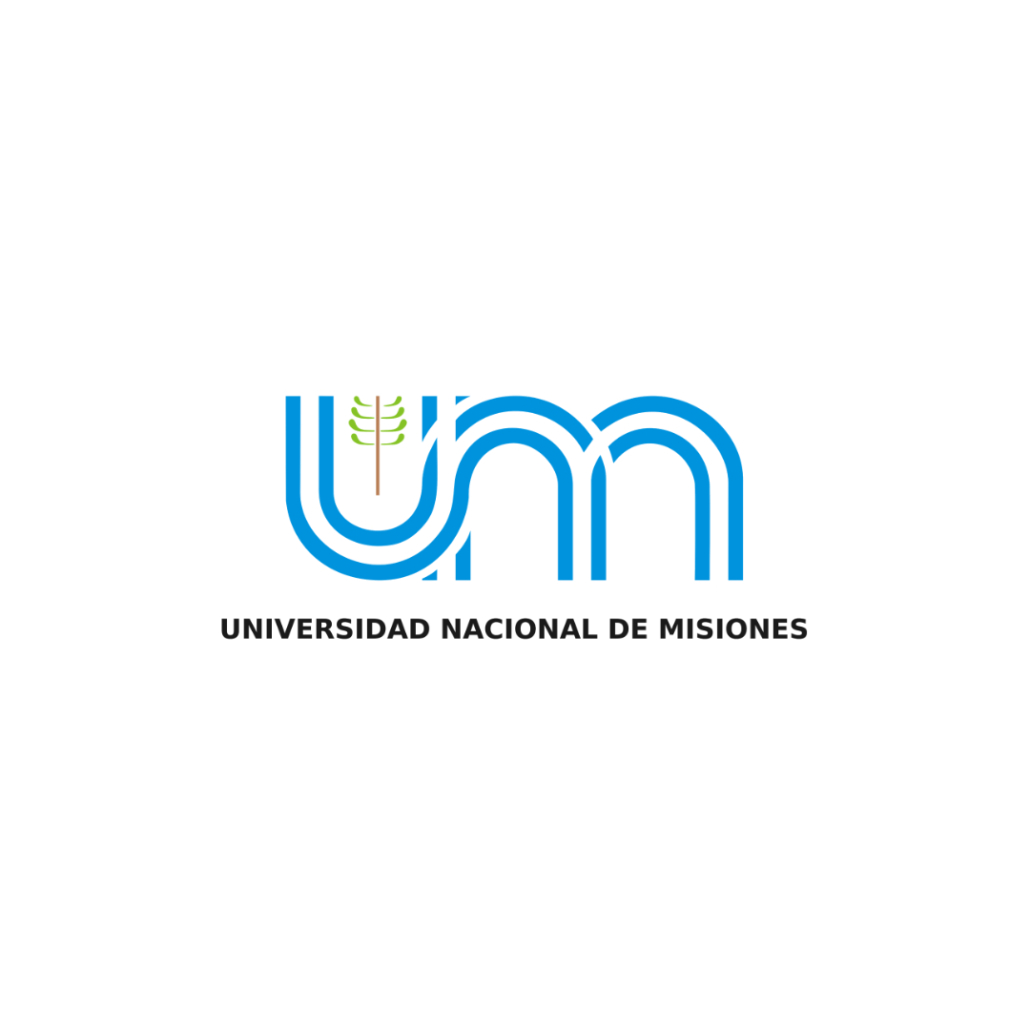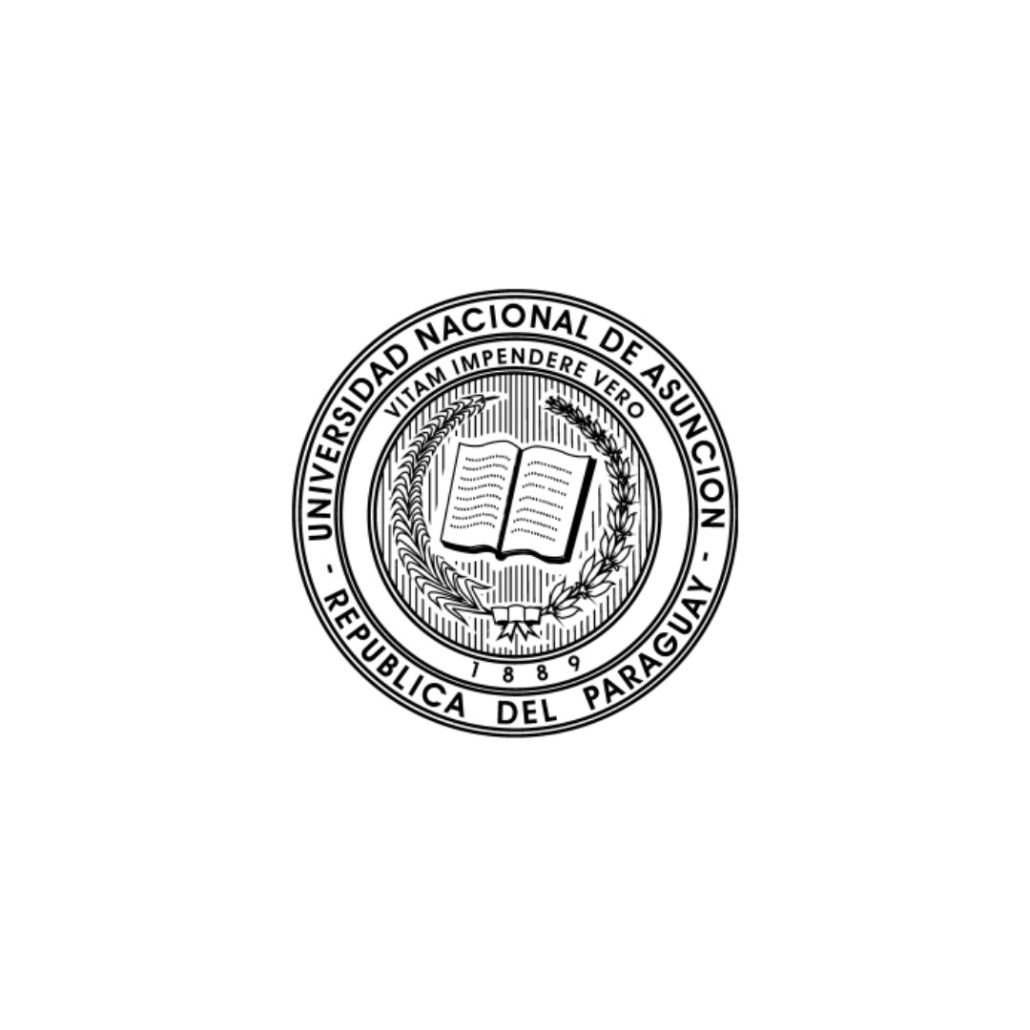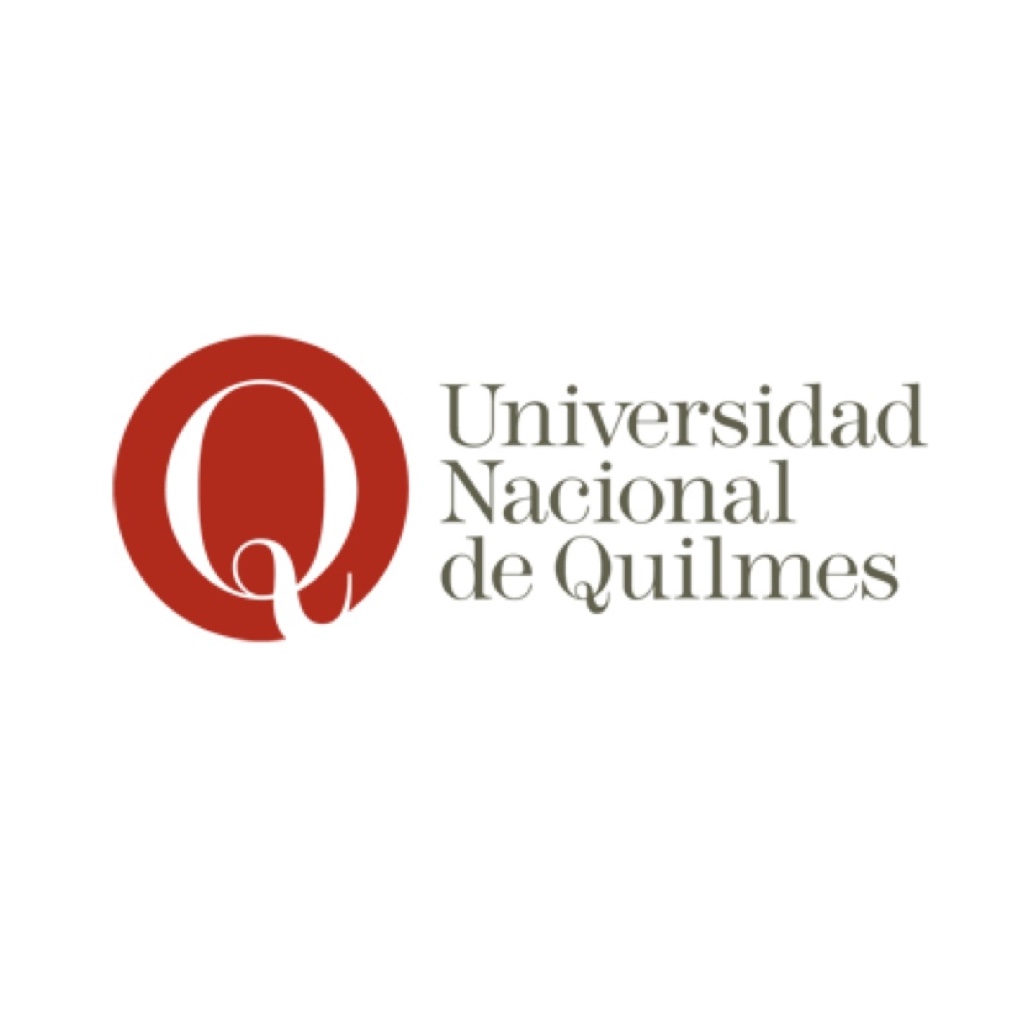A female defence of the Spanish Conquest of America: Maria Rosario Romero’s Cartas de una peruana (1792)
Keywords:
America, Inca Empire, Enlightenment, the Woman Question, alterity, othernessAbstract
In 1792, Maria Rosario Romero published a translation of Madame de Graffigny’s Lettres d’une Péruvienne (1747). In this new version, the Spanish author rewrote the original book in line with her own personal interests. Some of them (for instance, female independence and intelligence) coincided with Graffigny’s opinions. However some suspected an interesting change in Graffigny’s message. Both authors disagreed on a key aspect, essentially the interpretation of the Spanish presence in America. The French author criticised the Spanish presence in America whereas Romero justified it. This essay analyses two visions of the conquest of the New World focusing on the diverse ways of perceiving “the other” throughout the different characters of the novel and paying special attention to its main character, princess Zilia. In this way, we will prove that the perception of the other never stopped being dynamic either in space (on both sides of the Atlantic) or in time (throughout the whole colonial period).
Downloads
Metrics
References
Bolufer Peruga, Mónica (2014): «Traducción, cultura y política en el mundo hispánico del siglo XVIII. Reescribir las Lettres d’une péruvienne de Françoise Graffigny», en Studia Historica. Historia Moderna, 36, pp. 293-325.
— (2018): «1792. Cartas de una peruana. Sobre la condición de las mujeres», en Xosé M. Núñez Seixas (dir.): Historia mundial de España. Barcelona: Destino, pp. 466-472.
Defourneaux, Marcelin (1962): «Les Lettres péruviennes en Espagne», en Bulletin Hispanique, 64 bis, pp. 412-423.
Douthwaite, Julia V. (1991): «Relocating the Exotic Other in Graffigny’s Lettres d’une Péruvienne», en Romanic Review, 82, 4, pp. 456-474.
Durán, Fernando (2018): «1784. Premio de la Academia Española a la mejor apología de España y su progreso», en Núñez Seixas, Xosé M. (dir.): Historia mundial de España. Barcelona: Destino, pp. 452-458.
Fernández-Armesto, Felipe (2010): 1492. El nacimiento de la modernidad. Barcelona: Debate.
García Calderón, Ángeles (2012): «Un ejemplo relevante del modelo portugués en la epístola amorosa: las Lettres d’une Péruvienne de Mme de Graffigny», en Cédille. Revista de Estudios Franceses, 8, pp. 127-140.
Graffigny, Françoise de (1752): Lettres d’une péruvienne. Nouvelle edition augmentée de pluisierus lettres et d’une introduction à l’Histoire. París: Chez Duchesne.
Robb, Bonnie Arden (1992): «The Easy Virtue of a Peruvian Princess», en French Studies, XLVI, 2, pp. 144-159.
Romero, María Rosario (1792): Cartas de una peruana. Escritas en francés por Madame de Graffigny y traducidas al castellano con algunas correcciones, y aumentada con notas y una carta para su mayor complemento por... Valladolid: Viuda de Santander e Hijos.
Roulston, Christine (1997): «Seeing Other in Mme de Graffigny’s Lettres d’une Péruvienne», en Eighteenth-Century Fiction, 9, 3, pp. 309-326.
Smith, Theresa Ann (2003): «Writing Out the Margins: Women, Translation and the Spanish Enlightenment», en Journal of Women’s History, 15, 1, pp. 116-143.
Todorov, Tzvetan (2009): Nosotros y los otros. Madrid: Siglo XXI.
— (2010): La conquista de América. El problema del otro. Madrid: Siglo XXI.
Downloads
Published
How to Cite
Issue
Section
License
Copyright (c) 2024 TSN. Transatlantic Studies Network

This work is licensed under a Creative Commons Attribution-NonCommercial-ShareAlike 4.0 International License.























